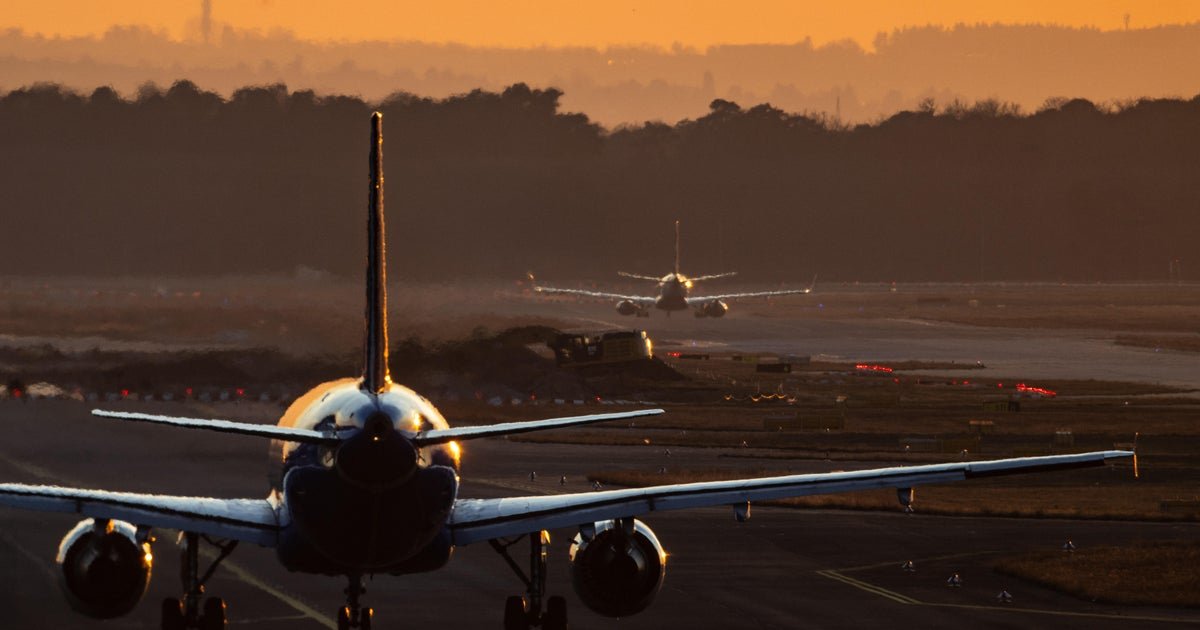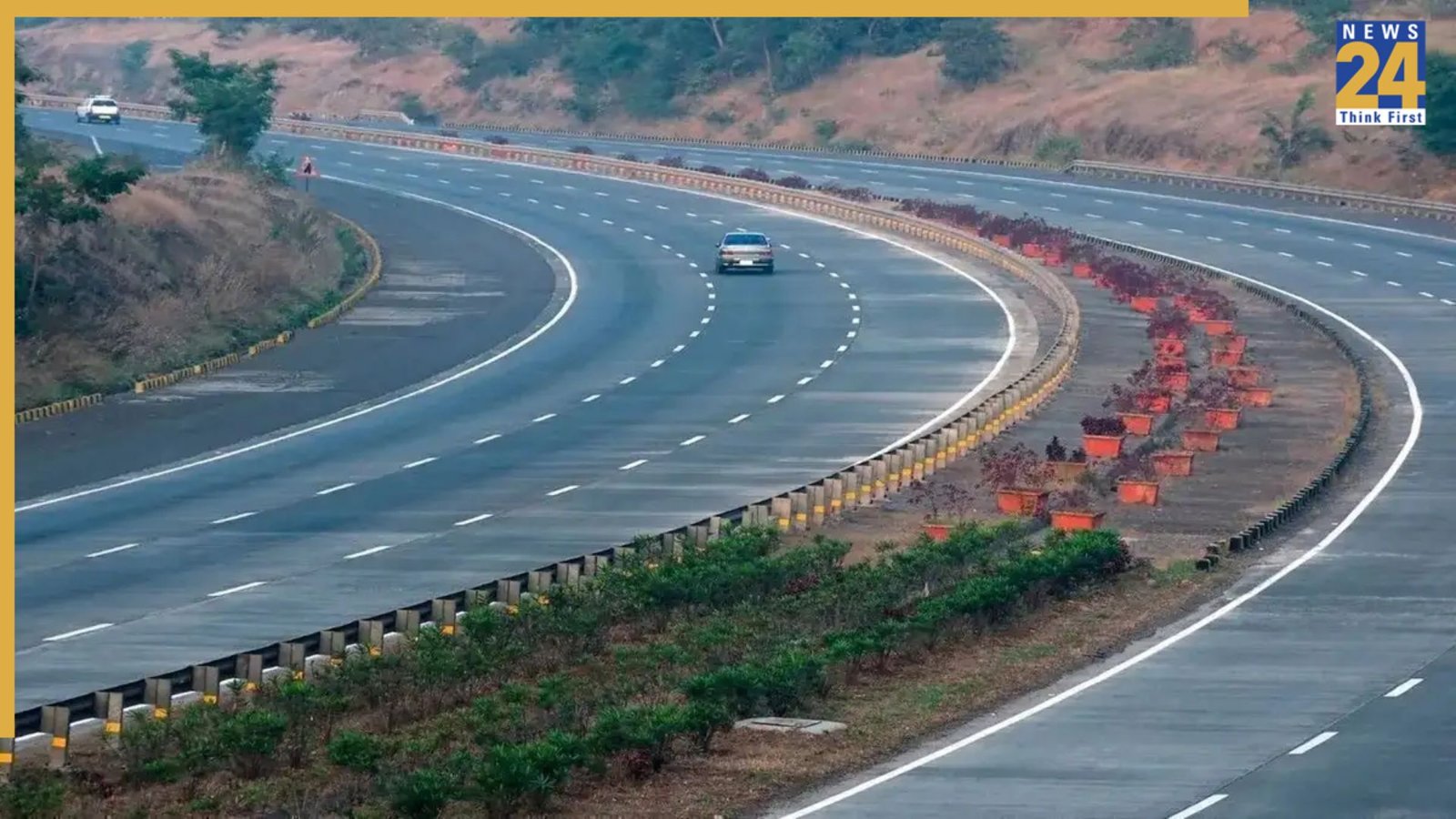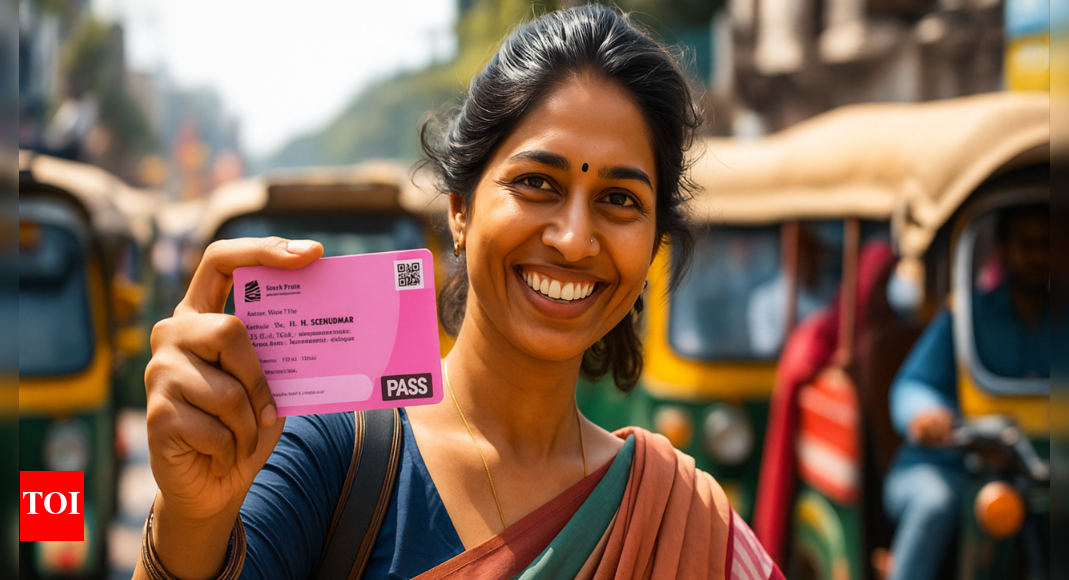Travel Guides & Articles
21 countries have “Do Not Travel” warning. Here’s what to know about the U.S. State Department advisories.

Twenty-one countries around the world have a “Do Not Travel” warning from the U.S. State Department, as of April 30. The agency regularly updates or reissues its international travel advisories, which give Americans a risk assessment for each country.
Here’s what to know about the warnings and how the State Department issues them.
What are the State Department’s travel advisory levels and what do they mean?
The State Department has four levels of travel advisories:
- Level 1: Exercise normal precautions
- Level 2: Exercise increased caution
- Level 3: Reconsider travel
- Level 4: Do not travel
The agency issues travel advisories for every country in the world. Factors considered in setting advisory levels include crime, terrorism, civil unrest, the risk of wrongful detention, health, the likelihood of a natural disaster and current events, the State Department says.
Level 1 is the lowest advisory and indicates there is some risk in any international travel. Level 2 means there are “heightened risks to safety and security,” which could apply to specific areas of the country.
Level 3 advises Americans to reconsider traveling to the nation because of “serious risks to safety and security.” Level 4 is the highest advisory level indicating there is a “greater likelihood of life-threatening risks.” The department advises Americans to write a will and leave DNA samples if they decide to travel to a Level 4 nation in preparation for possible worst-case scenarios.
Some nations could have multiple levels, with parts of the country more of a concern. For example, the advisory for Mexico, as of April 30, has specific levels for each state within the country, ranging from Level 1 to Level 4.
In each advisory, the State Department explains the factors contributing to the level designation, identifies possible areas of more risk and gives advice on what to do if you decide to travel to that country.
Examples of countries with each travel advisory level
Here are examples of countries in each advisory level, as of April 30:
Level 1: Canada, Australia, Ireland, Portugal, Argentina and multiple Caribbean islands, including Aruba and St. Lucia, are among the Level 1 countries.
Level 2: Popular European tourist destinations, including France, Italy, Spain, the United Kingdom and Germany, have Level 2 advisories. Other examples are mainland China, South Africa, Morocco, Peru, The Bahamas and Turks and Caicos Islands.
Level 3: Countries with Level 3 advisories include Colombia, Egypt, Guatemala and Jamaica. Most of the Level 3 nations include specific higher risk areas that the State Department says to avoid.
Level 4: The State Department has designated 21 nations as Level 4, advising Americans not to travel to them. They include Russia and Ukraine due to Russian President Vladimir Putin’s invasion of Ukraine. Others at Level 4 include North Korea, Syria, Iraq, Sudan and South Sudan, the Democratic Republic of the Congo, Venezuela and Haiti.
How often does the State Department review travel advisories?
The State Department says it reviews Level 1 and 2 travel advisories at least every 12 months and Level 3 and 4 advisories at least every six months.
“A Travel Advisory will also be updated anytime there is a change in U.S. government posture, normally as it relates to ongoing security concerns,” the department says.
How to look up travel advisories around the world
You can find the State Department’s travel advisories in a searchable list and a map on the agency’s website, as well as on the map below.
Travel Guides & Articles
Travel Meerut To Prayagraj In JUST 6 Hours News24 –

The work of the Ganga Expressway, being constructed from Meerut to Prayagraj is now moving towards completion. Especially in the Hasanpur tehsil of the Amroha district, this expressway has been completely completed. Now, only the final work is going on, which is almost complete. It is expected that vehicles will start running on this route in the coming month.
The construction of a 23.60 km-long expressway in the Hasanpur area is planned to be completed by 12 October 2025, although road construction and lighting work have already been completed here. The work of laying a pipeline for drainage of rainwater has also been completed.
An overbridge and T-point have been prepared on the Hasanpur-Rahra road in Mangrola. Four toll plazas have also been built on both sides of this T-point. Apart from this, the construction of the bridge over the Ganga River in Pandapur has also been completed.
Officials say that some finishing work was stopped due to rain, which will be completed within the next one month. At the same time, sources say that the 594 km-long Ganga Expressway extending from Meerut to Prayagraj will be opened in the month of November, as reported by Jagran.
With the opening of the expressway, it will become very easy to cover the distance from Meerut to Prayagraj. People of Amroha will also get convenience in traveling to both the cities. This route will prove to be very useful for the devotees coming to the Tigri fair from Prayagraj and nearby districts. Also, devotees of Meerut, Hapur and Amroha will now be able to reach Sangam bath easily.
Apart from this, lawyers and litigants of western Uttar Pradesh will get great relief in reaching the Prayagraj High Court. They will be able to leave their home in the morning and return the same day after pleading their case in Prayagraj, as per media reports.
Travel Guides & Articles
A grown-up guide to India: How to ace the Golden Triangle and Mumbai – London Evening Standard

A grown-up guide to India: How to ace the Golden Triangle and Mumbai London Evening Standard
Source link
Travel Guides & Articles
Delhi’s Bhai Dooj gift: Pink Card registration to begin from mid October; free bus travel for women

The Delhi government is set to launch the registration process for its Pink Card, a lifetime free bus travel pass for women, from mid-October, as a Bhai Dooj gift to the women of the national capital.According to a senior transport department official, the Pink Card will be valid for a lifetime and aims to make public transport easier and more accessible. The initiative will replace the existing paper-based ticket system with the ‘Saheli Smart Card’, described as a permanent and personalised pass designed to provide women with unrestricted and secure travel on government-run buses.He said registration for the card is expected to begin in October, allowing “Delhi’s daughters and sisters to avail unlimited free travel as a token of the government’s commitment towards their welfare.” The exact launch date and procedure will be finalised in a meeting scheduled for the coming week.The card will also enhance safety and reduce inconvenience by eliminating the need for daily paper tickets, offering instead a hassle-free smart card.Plans for the Saheli Smart Card were first outlined in July. At the time, officials confirmed that it would carry the holder’s name and photograph and would be available to women and transgender residents of Delhi aged 12 years and above. The card, issued under the National Common Mobility Card (NCMC) framework, will allow free travel on all DTC and Cluster buses and can also be recharged and used across other transit services.“To obtain the card, applicants must be bona fide residents of Delhi, aged 12 years or above, and have valid proof of address. They must register online through the DTC portal, select a participating bank, and complete full KYC verification at the chosen bank branch,” the official told PTI.The list of required documents includes Aadhaar, PAN, proof of residence in Delhi, a passport-size photograph, and any additional paperwork specified under the bank’s KYC norms. Once the KYC process is completed, the issuing bank will dispatch the card directly to the applicant’s registered address.The Delhi government has invited Expressions of Interest (EoI) from banks and financial institutions to support the card’s roll-out. Officials clarified that while the government will not charge users for the free travel scheme, banks may impose a small fee for issuing or maintaining the card. In the event of loss, the cardholder must inform the issuing bank, which may replace it under its own policies.Before it can be used, the card must be activated through the Automatic Fare Collection System (AFCS) of DTC. While topping up will enable use across other public transport services, the free travel facility will apply only to DTC and Cluster buses.“No card will be issued directly by DTC. Registration is completely online through the DTC portal, and cards are issued only after full KYC verification by the selected bank,” the official added.The chief minister has previously criticised the old pink ticket system, introduced under the AAP government, arguing that it was prone to corruption.
-

 Business2 weeks ago
Business2 weeks agoThe Guardian view on Trump and the Fed: independence is no substitute for accountability | Editorial
-
Tools & Platforms1 month ago
Building Trust in Military AI Starts with Opening the Black Box – War on the Rocks
-

 Ethics & Policy2 months ago
Ethics & Policy2 months agoSDAIA Supports Saudi Arabia’s Leadership in Shaping Global AI Ethics, Policy, and Research – وكالة الأنباء السعودية
-

 Events & Conferences4 months ago
Events & Conferences4 months agoJourney to 1000 models: Scaling Instagram’s recommendation system
-

 Jobs & Careers2 months ago
Jobs & Careers2 months agoMumbai-based Perplexity Alternative Has 60k+ Users Without Funding
-

 Podcasts & Talks2 months ago
Podcasts & Talks2 months agoHappy 4th of July! 🎆 Made with Veo 3 in Gemini
-

 Education2 months ago
Education2 months agoMacron says UK and France have duty to tackle illegal migration ‘with humanity, solidarity and firmness’ – UK politics live | Politics
-

 Education2 months ago
Education2 months agoVEX Robotics launches AI-powered classroom robotics system
-

 Podcasts & Talks2 months ago
Podcasts & Talks2 months agoOpenAI 🤝 @teamganassi
-

 Funding & Business2 months ago
Funding & Business2 months agoKayak and Expedia race to build AI travel agents that turn social posts into itineraries



















